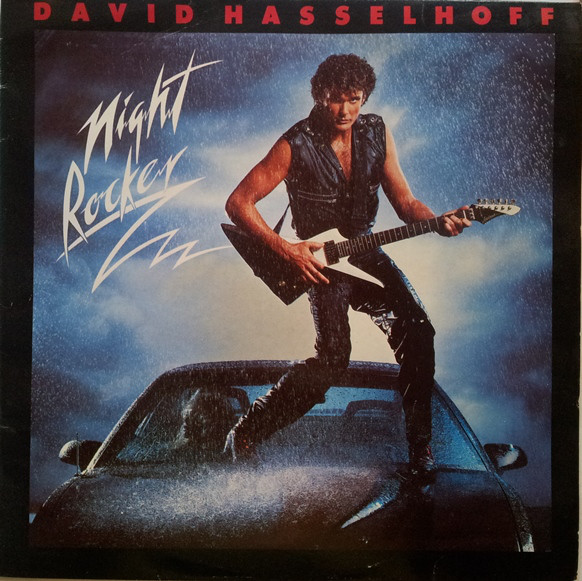 Is there some sort of secret visual formula for successful albums, a design format that almost forces people to part with their moolah, encouraging buyers of all generations, all social demographics?
Is there some sort of secret visual formula for successful albums, a design format that almost forces people to part with their moolah, encouraging buyers of all generations, all social demographics?
Can a terrible album have brilliant artwork? Can a brilliant album have terrible artwork (how about the Love And Money entry below? Ed…)?
So many questions, so little time. Someone somewhere must have researched which colours and designs have proved the most successful in terms of sales. But hell, it’s hard to believe that any of the below would have been cooked up in any kind of corporate brainstorming or focus-group session.
Here’s a motley selection of the 1980s’ most ill-advised album covers, in no particular order. Some are crushingly sexist, some boring, some ugly, some shocking, some just plain weird. And OK, a few are so bad they’re almost good…
18. Wishbone Ash: Raw To The Bone (1985)

17. Ratt: Out Of The Cellar (1984)

16. Poison: Open Up And Say…Ahh! (1984)
15. Eurythmics: Sweet Dreams (Are Made Of This) (1983)

14. Paul McCartney: McCartney II (1980)

13. Millie Jackson: Back To The S**t! (1985)

12. The Go-Betweens: 16 Lovers Lane (1988)

11. Ted Nugent: Scream Dream (1980)

10. Everything But The Girl: Eden (1984)

9. Loverboy: Get Lucky (1981)

8. OMD: Architecture & Morality (1981)

7. Snatch: If The Party’s In Your Mouth, We’re Comin’ (1985)

6. Jeff Beck: There And Back (1980)

5. Scorpions: Animal Magnetism (1980)

4. David Hasselhoff: Night Rocker (1985)

3. Love And Money: Strange Kind Of Love (1988)

2. The The: Infected (1985)

1. Dexys Midnight Runners: Don’t Stand Me Down (1985)

Can’t see your worst album cover of the ’80s? If so, pile in below…


